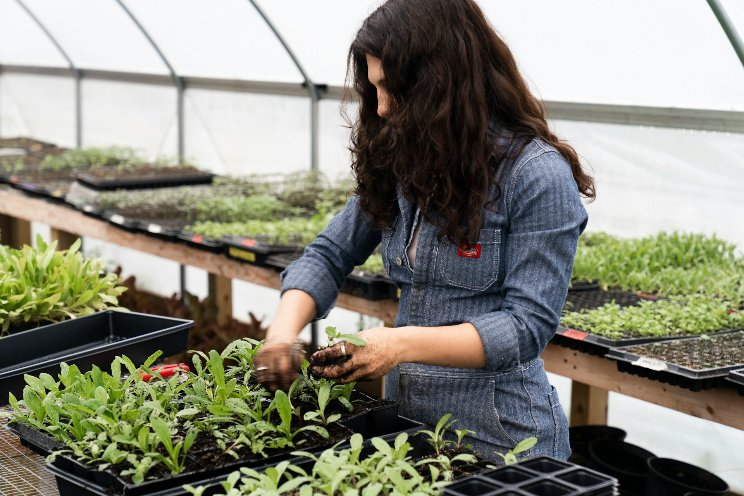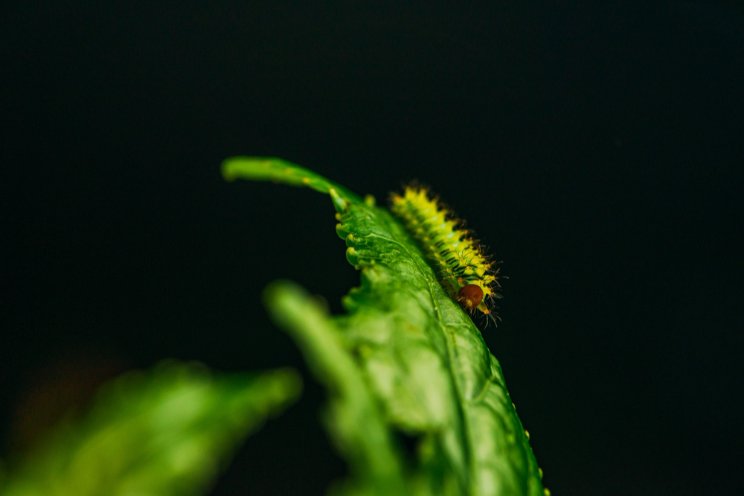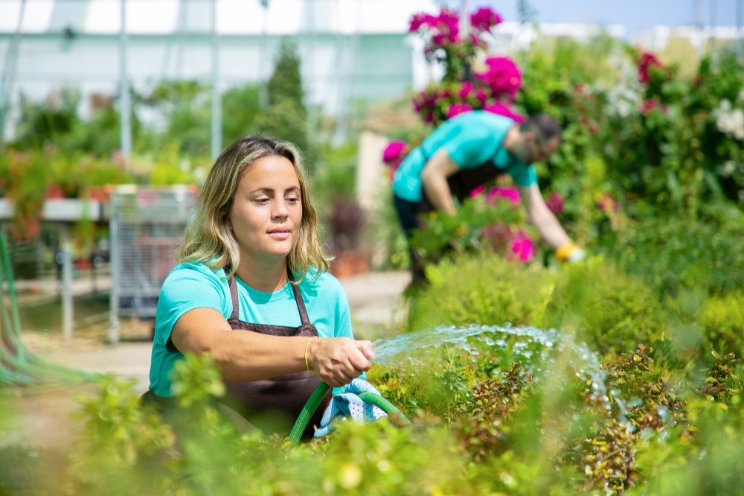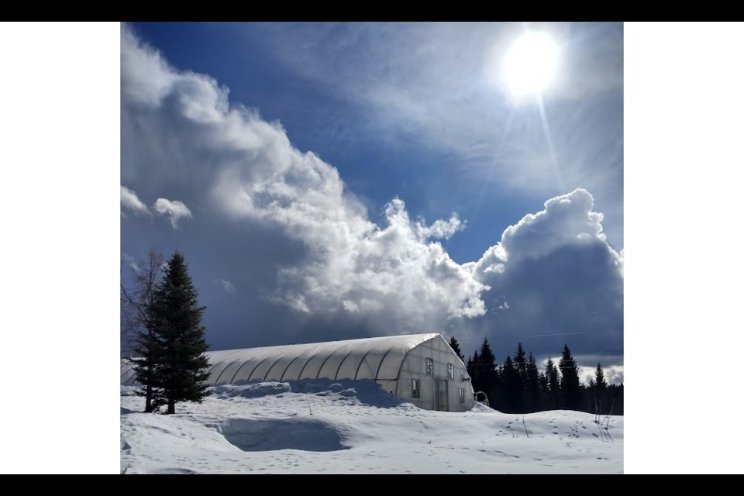How far can vertical farming go?
Added on 17 January 2023

When the Pasona Urban Farm opened in the nine-storey office of a Japanese recruitment company in 2010, it promised a future in which food was grown within feet of the people who would eat it.
Tomatoes hung down from meeting-room light fittings, a rice paddy filled a large conference space, and mushrooms grew in drawers hidden discreetly under benches. The office looked more like a museum of farming than a place of work.
While the modern concept of vertical farming – growing food in trays or pipes stacked on top of one another like a giant plant lasagne – dates from around the 1990s, it could be argued that farmers have sought ways to grow more in less space and with less soil for centuries. Step-over fruit trees – usually apple and pear trees – are grown as low as 1ft (30cm) off the ground and spread laterally to fill thin strips of space in allotments and orchards. The step-over technique is based on espalier training, which might date back to Ancient Roman grape cultivation.
What would a world where all our food is grown in such farms look like?
But vertical farming in the modern sense is now spreading rapidly. One example is the vertically farmed strawberry brand Oishii, based in New Jersey. In 2021, a punnet of its coveted Japanese Omakase strawberries retailed for $50 (£44) in a high-end New York supermarket. For some, this was evidence that with time vertical farming could rival and ultimately exceed traditional farming for quality. For others, the outlandish price highlighted the huge challenge to make vertical farms commercially viable.
Photo Courtesy of Agritech Future
More news















